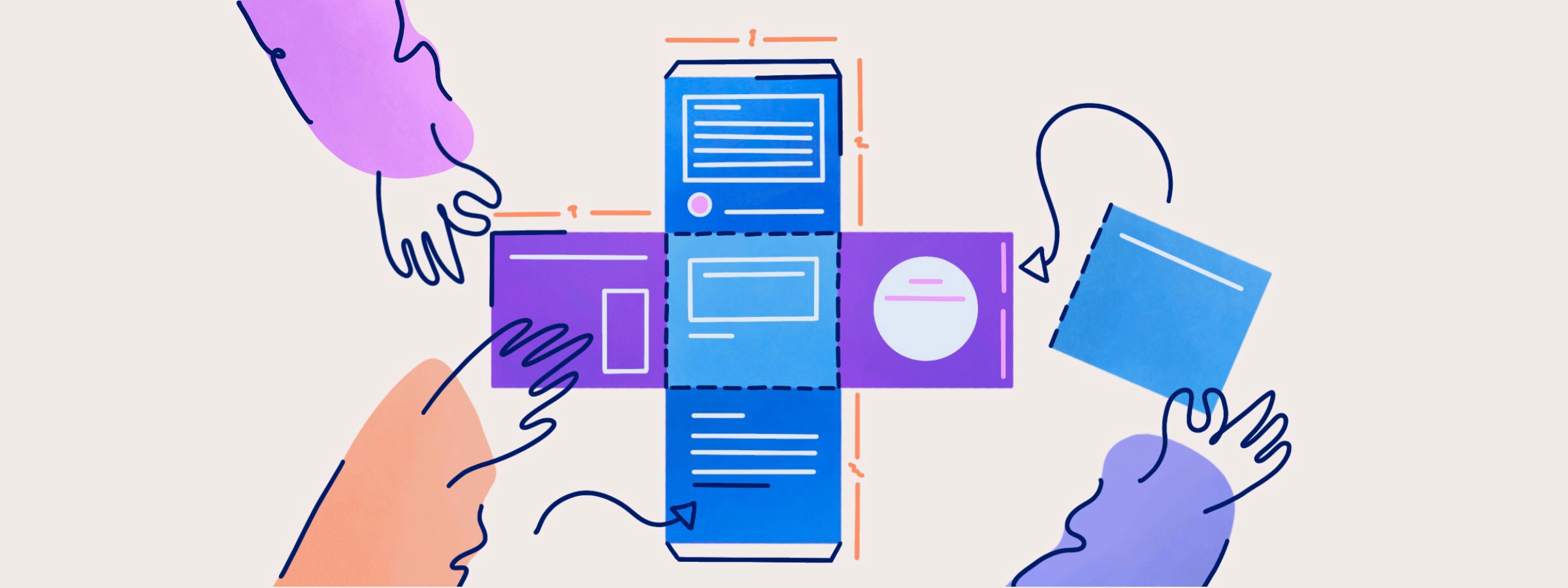Everything you need to know about package design

Consumers are creatures of habit—they create patterns in their brains to be as efficient as possible in our decision-making. In the world of package design, these processes are especially evident when we instinctively reach for one product on the shelf over another.
What guides these decisions is what makes this industry both a fascinating art and a head-scratching science. If you're a freelance graphic designer looking to specialize in a specific niche, package design is a unique option. Here are some do’s and don’ts on how to get your package moving.
“If you hear hoofbeats, expect horses, not zebras”
Do set expectations clearly. If your packaging doesn’t reflect the product, or worse, leads the customer astray, you haven’t done your job as a designer. Getting back to how humans create patterns in our brains, customers predict what comes next—or in this case, what’s inside—by expecting the most common scenario. If the prediction fails to play out, they’ll be confused or disappointed, and definitely not in the mindset to enjoy the product
Make your packaging stand out for the right reasons
Don’t confuse being elaborate for being unique. Graphics, colors, and layout can make packaging visually appealing, but they don’t necessarily have to be fancy. Simple, clean, and even minimalist design can often stand apart more than something extravagant.
Know your audience
Get to know who your target customers are before you start the design process.
- Are they older? You may need larger text.
- Are they affluent? Look at all your elements—typography, font, colors, texture—through a more luxurious lens.
- Are they parents? You may have to dial up the practicality. Parents love packages that fit in shelves, are durable and spill-proof.
- Are they environmentally conscious? Consider your sustainability options—there are lots out there.
Also, know how your target audience will be interacting with your package. Will they be in a store? Will it be shipped to them? In both cases, functionality is key but in different ways. Packages that are going to be shipped will require secure packaging that won’t cause the product to move around or bend. A package that’s large or has odd dimensions may require a custom solution, which has budget implications.
Color is everything
Well, maybe not everything. But really, is there anything about a package design that’s more memorable than its color? Colors have emotional resonance, which is why it’s no accident IBM’s logo is blue, McDonald’s is yellow, Coca-Cola is red and Whole Foods is green.
Of course, striking the right emotional tone while standing out from the competition and reinforcing your brand identity is no easy task. Choosing a color palette is a huge decision—and if you want to be confident in your decision, test early and often. It’s worth the extra investment
So, what goes into package design?
A lot: form, function, honesty, clarity, practicality, originality and sustainability. Success comes down to how these factors work together in a strategic and harmonious way.
As you think through your design, here are a few questions to keep in mind:
- Is your design attention-grabbing? Your package isn’t just competing with every other product on the shelf. In today’s digital world, it’s competing with every other package on a website. Your customers might not even be able to handle the package in person, which means it has to be appealing in both online and mobile formats.
- Will your design drive purchases? This might seem like an obvious point, but sometimes functionality can get lost in your efforts to make your package as aesthetically pleasing as possible. Be sure that your design is focused on what sells, not just what looks best for your portfolio.
- Does your design represent the brand? Every package is an extension of the brand and should align with the brand’s overall image, positioning, and values. Package design is its own marketing channel and, in some unique cases, as important as the product itself.
- Will your design stand up over time? This is a tough one. It wasn’t that long ago that technology, for example, was bold, blocky, and angular. Now, it tends to be sleek and minimalist with rounded corners. It’s hard, if not impossible, to gauge how tastes will change over time. But it’s worthwhile to study historical patterns in design and ask yourself: How long were trends around before they became outdated? Which trends have come back around? How have trends in package design mirrored other trends in fashion, interior design and more?
Sweat the small stuff
Designers stress over the smallest details: Is the logo big enough? Will the package withstand shipping? Does the color palette strike the right emotional tone? And for good reason as they only have a few seconds to make their package stand apart, communicate what’s inside, and convince customers to buy the product.
Package design is one of many industries that are hiring freelance designers. It's a unique field that requires a combination of creativity and strategic insight to cut through the clutter.














